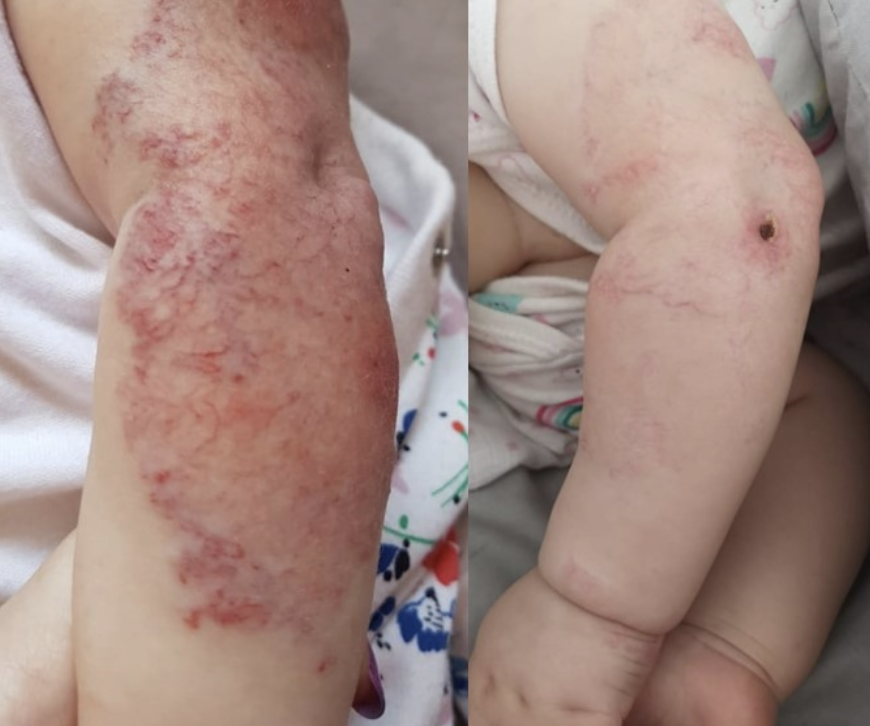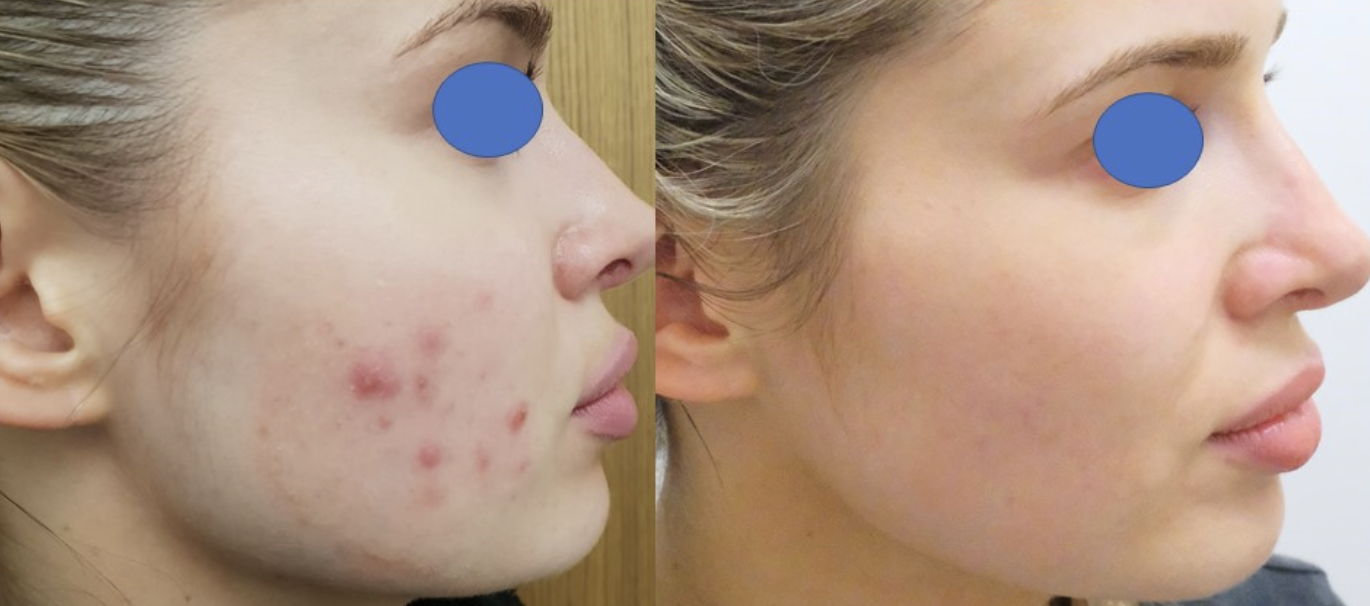Acne Treatment
Treatment
Acne is a common dermatological condition affecting many people. Whilst a number of treatments are available, lasers offer a suitable alternative to taking medication or for those who seek an alternative method of treatment from taking tablets or using creams. Depending on the severity of acne, lasers may make an excellent adjunctive treatment in the management of acne with creams or tablets and in some cases together with both types of treatments.
Acne is a condition that arises from a specialised unit in the skin called the pilosebaceous unit which is essentially the grease gland and the associated hair follicle and duct opening. The grease gland is referred to as the sebaceous gland in medical terms. Acne is the result of 4 main mechanisms that ultimately lead to the clinical presentation of acne. These mechanisms are: increased activity of the grease glands (hence the associated oily skin), increased presence of one type of a bacteria present in the glands called cutibacterium acnes, inflammation which is largely the result of excessive sebum and the presence of large numbers of bacteria, and finally blockage of the duct openings as a result of excessive keratin build up in the ducts which lead to the pore openings visible on the surface of the skin. In some cases one or two of these mechanisms may prevail but in most cases all 4 mechanisms are present. This is important to understand as the treatment of acne should address as many of these factors involved to ensure clearance of acne.
Lasers work in acne either through the mechanism of heat (that is heat being produced from the light of energy of the laser) or through a biochemical effect on the bacteria. In the latter the cutibacterium produces porphyrins which absorb the laser light and this leads to the killing of the bacteria. The effect of heat generated by the laser energy, the sebaceous glands as well as the small blood vessels are heated and this has a beneficial effect in acne.
There are a number of lasers used in acne such as the pulsed dye laser, Nd:YAG and special “acne filter” of the IPL machines. Treatment usually requires a number of sessions and is very safe.
Professor Firas Al-Niaimi has published several scientific articles on the use lasers in acne and these can be found in the publications sections of the website.








